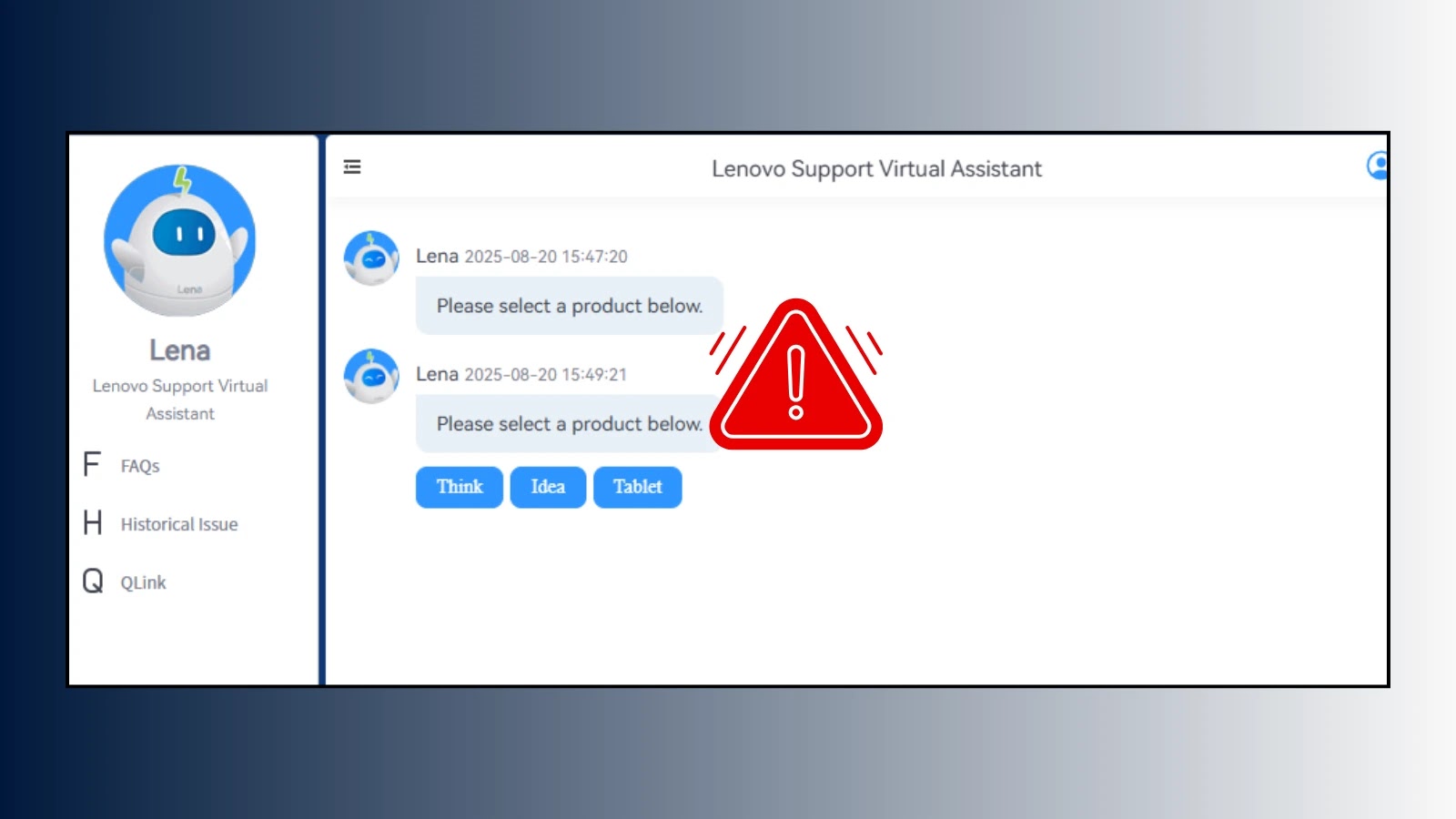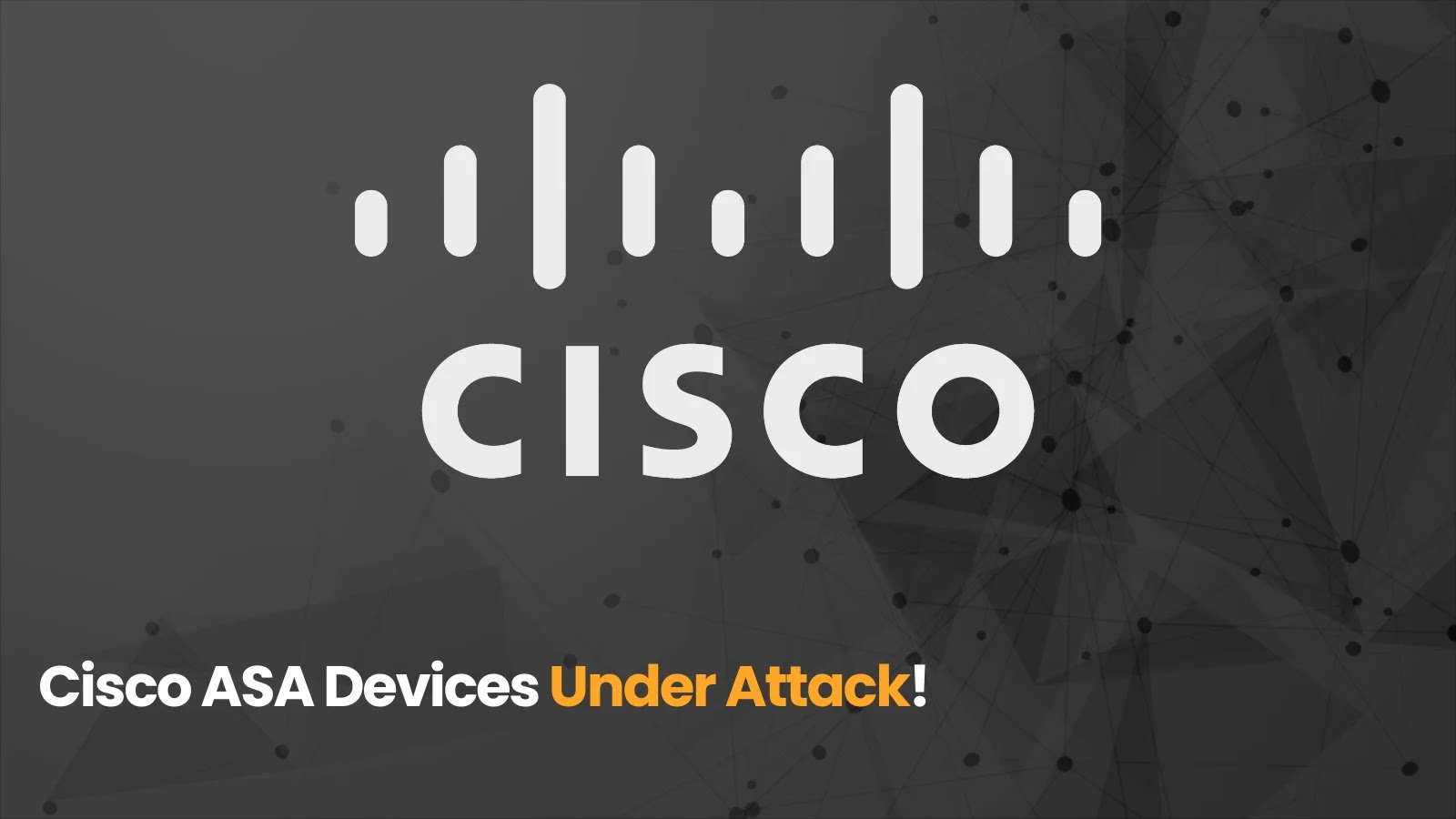CrowdStrike Terminates Employee for Leaking Internal System Details to Hackers
In a recent development, cybersecurity leader CrowdStrike has dismissed an employee accused of leaking sensitive internal system information to a notorious hacking group. The incident came to light when internal screenshots appeared on a public Telegram channel managed by the cybercriminal collective known as Scattered Lapsus$ Hunters.
The Breach Unveiled
The leaked images showcased internal dashboards, notably an Okta Single Sign-On (SSO) panel utilized by CrowdStrike employees to access corporate applications. The hackers alleged that these screenshots were evidence of a broader compromise achieved through a third-party breach at Gainsight, a customer success platform used by Salesforce clients.
Human Vulnerability Exploited
Contrary to claims of a technical breach, investigations suggest that the incident was a result of human vulnerability. Reports indicate that the threat actors allegedly offered the insider $25,000 to facilitate access to the network. While the hackers claimed to have received authentication cookies, CrowdStrike’s security operations center detected the activity before any malicious access could be fully established.
CrowdStrike’s Response
CrowdStrike promptly addressed the situation, clarifying that the leaked images resulted from an employee sharing pictures of their screen rather than a systemic network intrusion. A spokesperson for the company stated, We identified and terminated a suspicious insider last month following an internal investigation that determined he shared pictures of his computer screen externally. Our systems were never compromised, and customers remained protected throughout. We have turned the case over to the relevant law enforcement agencies.
The Broader Threat Landscape
This incident is part of a larger, aggressive campaign by Scattered Lapsus$ Hunters, a self-proclaimed supergroup comprising members from Scattered Spider, LAPSUS$, and ShinyHunters. The group has recently targeted major corporations by exploiting third-party vendors like Gainsight and Salesloft. In October 2025, they claimed to have exfiltrated nearly 1 billion records from Salesforce customers, listing high-profile victims such as Allianz Life, Qantas, and Stellantis on their data leak site.
The Evolving Tactics of Cybercriminals
The modus operandi of Scattered Lapsus$ Hunters often involves high-pressure social engineering and recruiting insiders to bypass perimeter defenses. This tactic has become increasingly common in 2025, highlighting the persistent danger posed by recruited employees in high-stakes cybersecurity environments. The convergence of sophisticated social engineering with the pooled resources of three major cybercrime gangs represents a significant evolution in the threat landscape facing tech enterprises today.
Implications for the Cybersecurity Industry
While CrowdStrike successfully contained this specific insider threat without customer impact, the event underscores the critical importance of robust internal security measures and employee vigilance. Organizations must recognize that human factors can be as significant a vulnerability as technical flaws. Implementing comprehensive insider threat detection programs, conducting regular employee training on security protocols, and fostering a culture of security awareness are essential steps in mitigating such risks.
The Role of Third-Party Vendors
The incident also sheds light on the risks associated with third-party vendors. As cybercriminals increasingly target these vendors to gain access to larger networks, companies must ensure that their partners adhere to stringent security standards. Regular audits, clear contractual security requirements, and collaborative incident response plans can help in managing these risks effectively.
Looking Ahead
The cybersecurity landscape is continually evolving, with threat actors developing more sophisticated methods to infiltrate organizations. The CrowdStrike incident serves as a stark reminder of the multifaceted nature of cyber threats and the need for a holistic approach to security. By addressing both technical vulnerabilities and human factors, organizations can better protect themselves against the ever-changing tactics of cyber adversaries.



